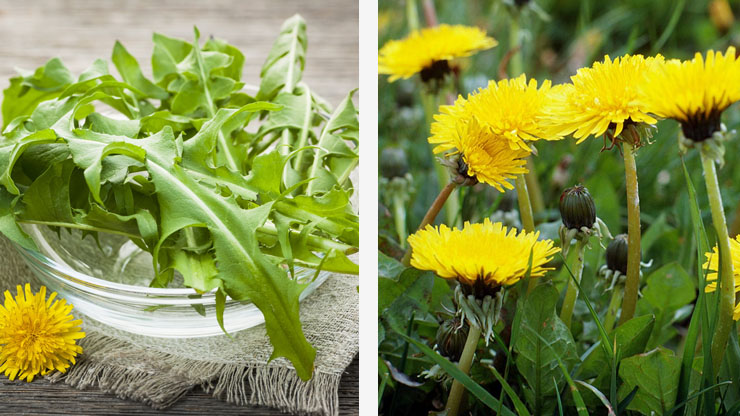It likely arrived on the Mayflower, was used by indigenous people for medicinal reasons, and then was eaten by millions of hungry Americans during the Great Depression.
It is the dandelion -- the fast-growing, obnoxious weed found in lawns across North America and the one responsible for homeowners purchasing gallon after gallon of herbicides like Roundup and Weed B Gone.
But despite its modern-day reputation, the dandelion is edible and healthy -- and it's most likely living in your yard.
Identifying Dandelion
Dandelions have three distinctive characteristics: jagged leaves, oval yellow flowers, and distinctive seed heads that disperse with even a slight breeze.
The entire plant - including the leaves, flower and root - is edible, although people who are allergic to ragweed may want to check with their doctor or dietician before taking a bite, according to WebMD.
Eating Dandelion
Dandelions are found in all 50 states, southern Canada and more than 60 countries, according to the Ohio Agricultural Research and Development Center at Ohio State University.
But because dandelions are often sprayed with herbicides, caution is advised when harvesting them. Always wash them prior to consuming.
For first-time foragers, the leaves are the most popular part and make for a delicious salad substitute. Try picking the young, tender leaves, which are less bitter than the larger leaves. From there, they can be handled just like lettuce from the garden.
YouTube sensation and author Clara Cannucciari - who passed away in 2013 at age 98 - told how her family ate dandelion salads during the Great Depression. "It was a good meal to have during the Great Depression because it's free," she said in a 2009 YouTube video. "And it's good for you." Cannucciari put olive oil and salt on her dandelion salad.
"It's good. ... Try it" she said.
Health Benefits of Dandelion
The dandelion plant is rich in vitamin A and C and has been used medicinally to treat everything from an upset stomach to gallstone to muscle aches. It also has been used to "increase urine production and as a laxative to increase bowel movements," WebMD reported.
Despite its historical uses, though, "there's little scientific evidence" on dandelion's benefits, according to the National Center for Complementary and Integrative Health at the National Institutes of Health. Still, the center acknowledges the "use of dandelion as a food is generally considered safe."
Dandelions may not be popular in the United States, but in some European countries - such as Belgium and France - they're grown commercially and sold in stores.
And if you're still not crazy about dandelions, then you can blame the Pilgrims, who likely brought them over on the Mayflower. That's according to author Anita Sanchez, whose book, The Teeth of the Lion: The Story of the Beloved and Despised Dandelion, describes the history of the dandelion and how the Pilgrims probably brought the weed across the Atlantic for its medicinal benefits.
With this knowledge, Thanksgiving may never be the same in your home again. Turkey, dressing and dandelions, anyone?


